Eggplants (Solanum melongena L.) are members of the nightshade family Solanaceae. Cultural practices employed in eggplant production are similar to other agronomic members of the Solanaceae family, such as tomatoes and peppers. Eggplants are warm-season plants that are more vulnerable to cold temperatures than tomatoes. For most of the nation, eggplants are best suited for production during warmer months. However, in south Florida, where winters are mild and freezes are infrequent, eggplants are planted from August to March (Andersen 2013). Eggplants grow best when started from transplants initially grown in protected structures, such as greenhouses, and they prefer well-drained, sandy, and loam soil with temperatures between 70°F to 85°F (Doubrava and Miller 2003). Although eggplants are considered vegetables, botanically they are a fruit because they derive from an ovary. Because of their cooking versatility and ability to absorb flavor, eggplants are used in many cultural dishes and cuisines. Even though eggplants are not a high source of any vitamin or mineral, they can add color and flavor to dishes with minimal calories (one cup of cooked eggplant is 38 calories). Most eggplant varieties are fairly similar except for the size and skin, and they can be used interchangeably in recipes.
The US Department of Agriculture (USDA) has not collected complete domestic production statistics for eggplants since 2001 (Huntrods and Lore 2012). That year, US eggplant production was valued at $42.5 million, and Georgia, Florida, California, New Jersey, and New York were the top five producers. From winter 2007 to winter 2009, Florida's average national market share for eggplants was 24%. In 2007, Florida was ranked second in eggplant production with 76 farms harvesting 1,173 acres (USDA 2009). California statistics for 2009 indicate the state harvested more than 17,300 short tons of eggplants valued at $11.8 million. In 2011, California was the largest eggplant producer with 1,446 acres (Thornsbury 2013). The average yield of eggplant is 762 bushels per acre (bu./ac.) with an approximate price of $14 per 1/9 bushel box (in 2017) (USDA ARS 2017). Eggplants are sold during an approximate 10-month period throughout the year—with 25% harvested in the winter (January–March), 40% harvested in the spring (April–mid-July), and 35% harvested in the fall (mid-September–December). South Florida is the main region for eggplant production in the state. The majority of the harvested acreage is in Palm Beach County, with significant production in Miami-Dade, Hendry, Collier, Manatee, Lee, and Hillsborough Counties. The remainder of eggplant production is distributed throughout the state (UF/IFAS Extension Hendry County director Gene McAvoy, personal communication).
Eggplant Varieties
Here is a guide to eggplant varieties commonly used in Florida (Tables 1 and 2):
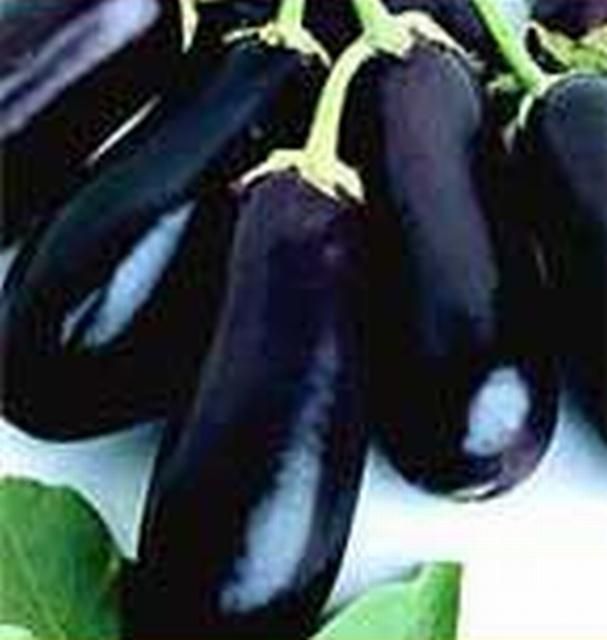
Credit: Harris Moran Seed Company
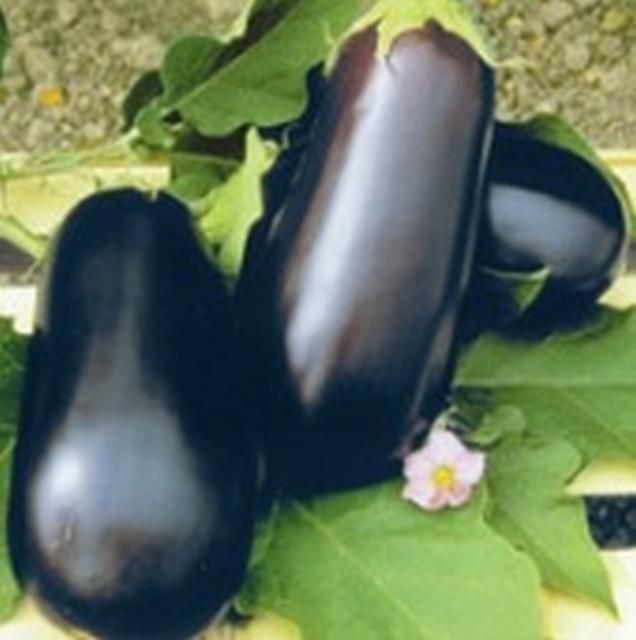
Credit: Reimer Seeds
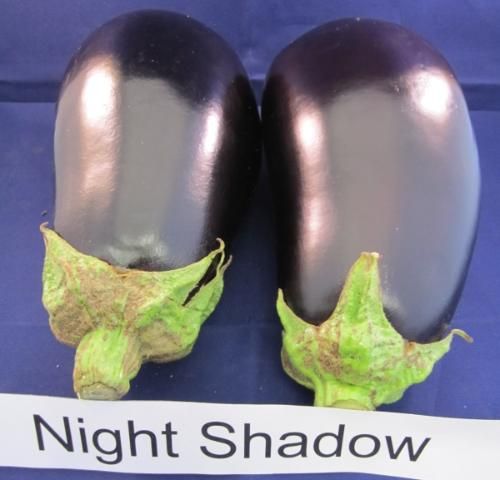
Credit: Monica Ozores-Hampton, UF/IFAS
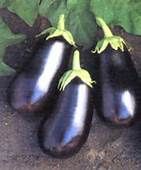
Credit: Clifton Seed Co.
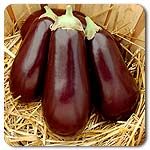
Credit: High Mowing Organic Seeds
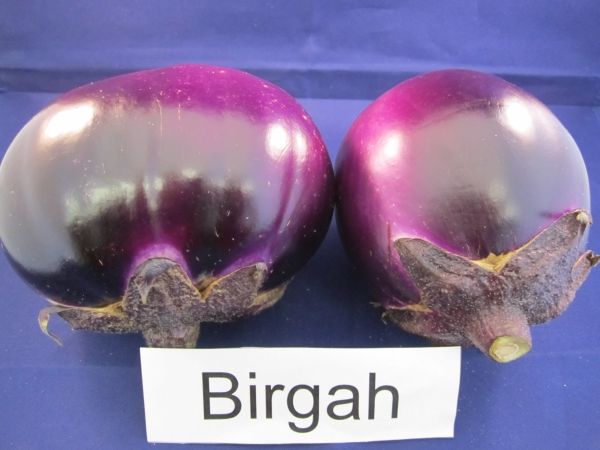
Credit: Monica Ozores-Hampton, UF/IFAS
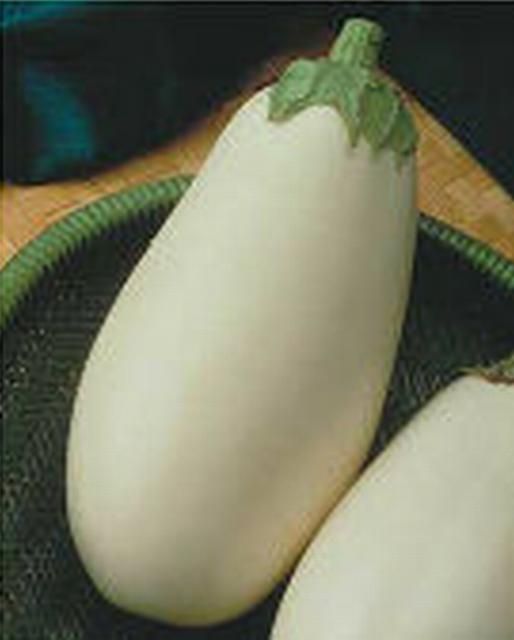
Credit: Reimer Seeds
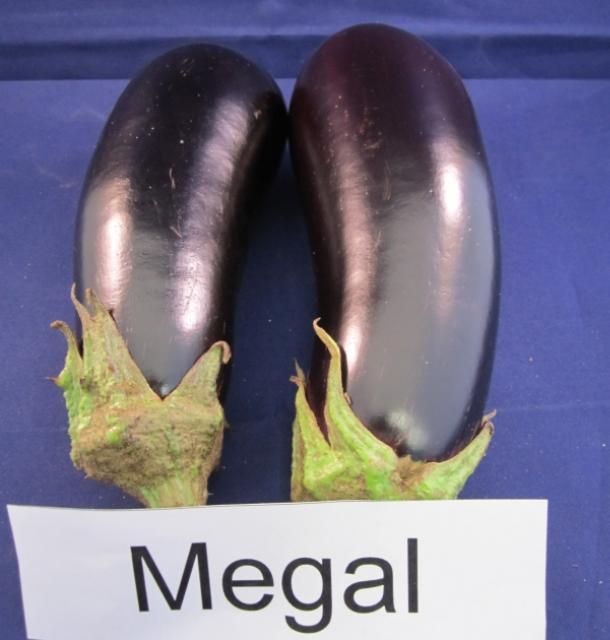
Credit: Monica Ozores-Hampton, UF/IFAS
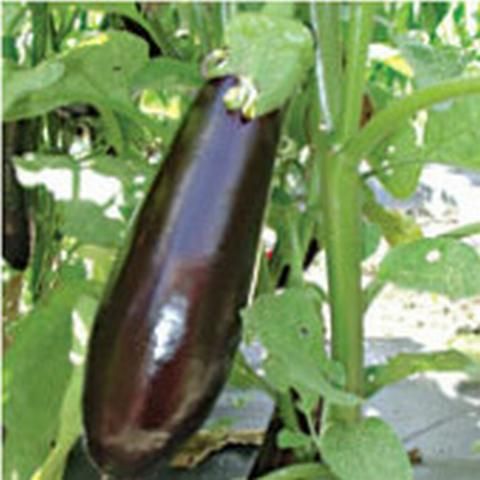
Credit: Reimer Seeds
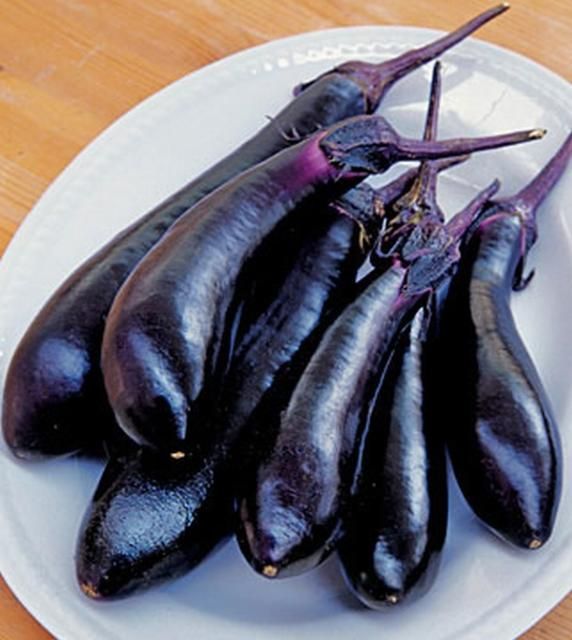
Credit: Burpee

Credit: Monica Ozores-Hampton, UF/IFAS
References
Andersen, C. R. 2013. Eggplant. Univ. Arkansas. Agri. and Natural Resources. Home Gardening Series FSA6010. 1 Sept. 2013. https://www.uaex.uada.edu/publications/PDF/FSA-6010.pdf. Accessed August 3, 2022.
Doubrava, N., and G. Miller. 2003. Eggplant. Clemson Univ. Coop. Ext. Home and Garden Info. Ctr. HGIC 1310. https://hgic.clemson.edu/factsheet/eggplant/. Accessed August 3, 2022.
Huntrods, D., and J. Lore. 2012. Eggplant Profile. Agricultural Marketing Resource Center (AgMRC), Iowa State Univ. https://www.agmrc.org/commodities-products/vegetables/eggplants. Accessed August 3, 2022.
Thornsbury, S., H. F. Wells, and J. Bond. 2013. "Vegetables and Pulses Yearbook Data." US Department of Agriculture. https://usda.library.cornell.edu/concern/publications/d791sg170?release_start_date=2013-01-01&release_end_date=2013-12-31. Accessed August 3, 2022.
US Department of Agriculture (USDA). 2009. 2007 Census of Agriculture. https://agcensus.library.cornell.edu/wp-content/uploads/2007-United_States-State-usv1.pdf. Accessed August 3, 2022.
US Department of Agriculture, Agricultural Research Service (USDA ARS). 2017. ChicagoTerminal Prices. https://www.ams.usda.gov/mnreports/hx_fv020.txt

